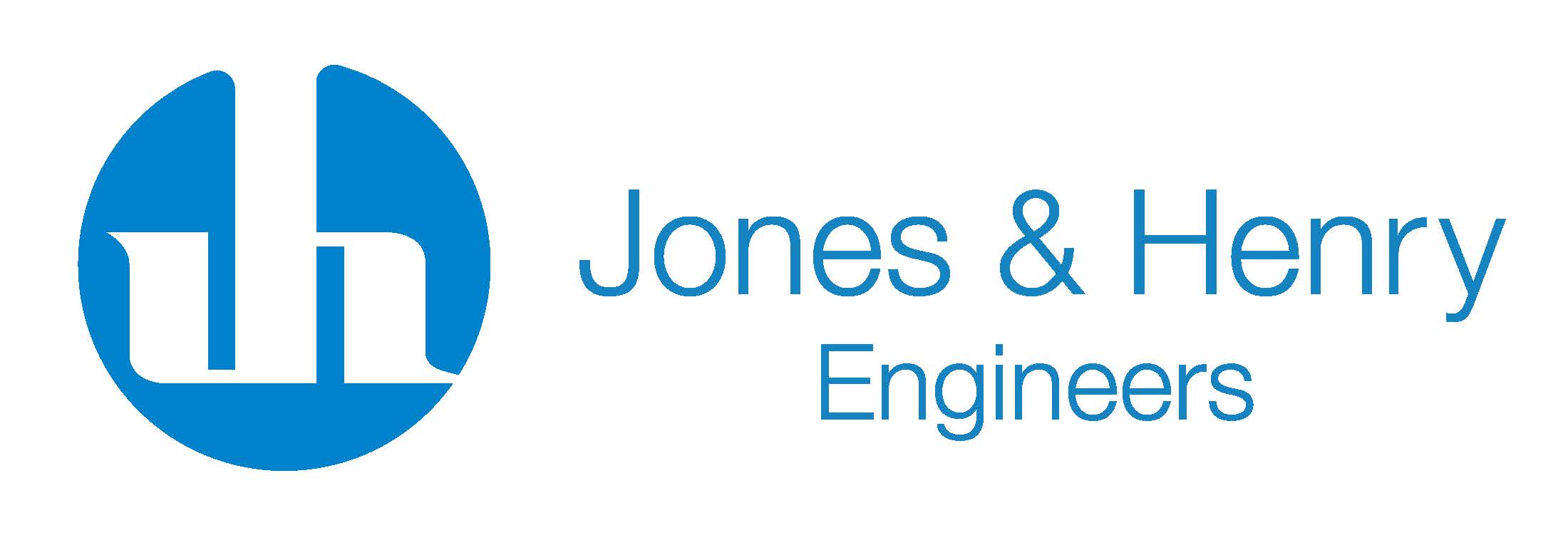Waterville River Crossing Project Profile
Read how Jones & Henry worked with the City of Waterville, Ohio, to design a new waterline connection under the Maumee River.
Posted on: February 15, 2018

In March of 2014, the City of Waterville, Ohio, began investigating a new water source.
In June of 2015, they signed a 25-year contract with the nearby city of Bowling Green for a new source of water.
In order to access the new water source, Waterville needed to construct a new waterline connection underneath the Maumee River, which runs adjacent to the City.
Right after the contract was signed with Bowling Green and funding was put into place, Jones & Henry Engineers started the engineering design of a 16-inch water line for the City.
Challenges
Jones & Henry began by completing field reconnaissance and reviewing the different challenges to cross the approximately 1,000-foot-wide river. From the onset, this project proved to be both a unique and a challenging one for several reasons.
To begin with, there was the presence of three historic structures which would need to be protected throughout the construction process:
- The Interurban Bridge, a reinforced concrete multiple-arch bridge that was built in 1908.
- The famous Roche de Bouef, or “Buffalo Rock,” one of the bridge’s supports. This limestone rock outcrop was a legendary sacred meeting site for Native Americans and a pivotal gathering point for the 1794 Battle of Fallen Timbers.
- An old Native American village across the river from Waterville.
Another challenge was the limestone bedrock itself, which would need to be crossed with the new water line.
Process
After reviewing construction options to determine the most viable approach to this project, Jones & Henry submitted design plans to the City, which were then approved in 2016.
Bids were solicited in May of that year, contractors were chosen, and construction ($2.5 million in total) started two months later.
The work consisted of the construction of a 16-inch nominal water main crossing the Maumee River by trenchless methods.
Implementation
Jones & Henry provided design and construction representation for this project and worked in close conjunction with the contractors throughout the project duration.
Following Jones & Henry’s design plans, the construction process took place as follows:
- First, a 30-inch hole was drilled under the Maumee River from one side of the river to the other using special equipment.
- Next, 1,900 feet of plastic water main – located 35 feet below the riverbed – was pulled through this hole.
- Afterwards, the contractors installed 3,000 feet of plastic waterline along the Wood County side (Bowling Greenside of the river) to a meter pit that was installed close the Bowling Green reservoir.
All parties worked tirelessly on this project, at one point working for 35 consecutive days, 14 hours per day, seven days per week. They had to pay careful attention especially since they were working with high-pressurized mud and needed to prevent possible leaks.
Results
Construction finished in fall 2016. By February 2017, the installation and required testing were completed, and on February 21, 2017, the City of Waterville officially began receiving water from their new water source.
Related Articles

Sandusky County White Star ...
August 3, 2018
Carmel, Indiana: A Successf...
February 15, 2018
Northwestern Water and Sewe...
July 9, 2018

Lima, Ohio – Wastewat...
February 15, 2018


